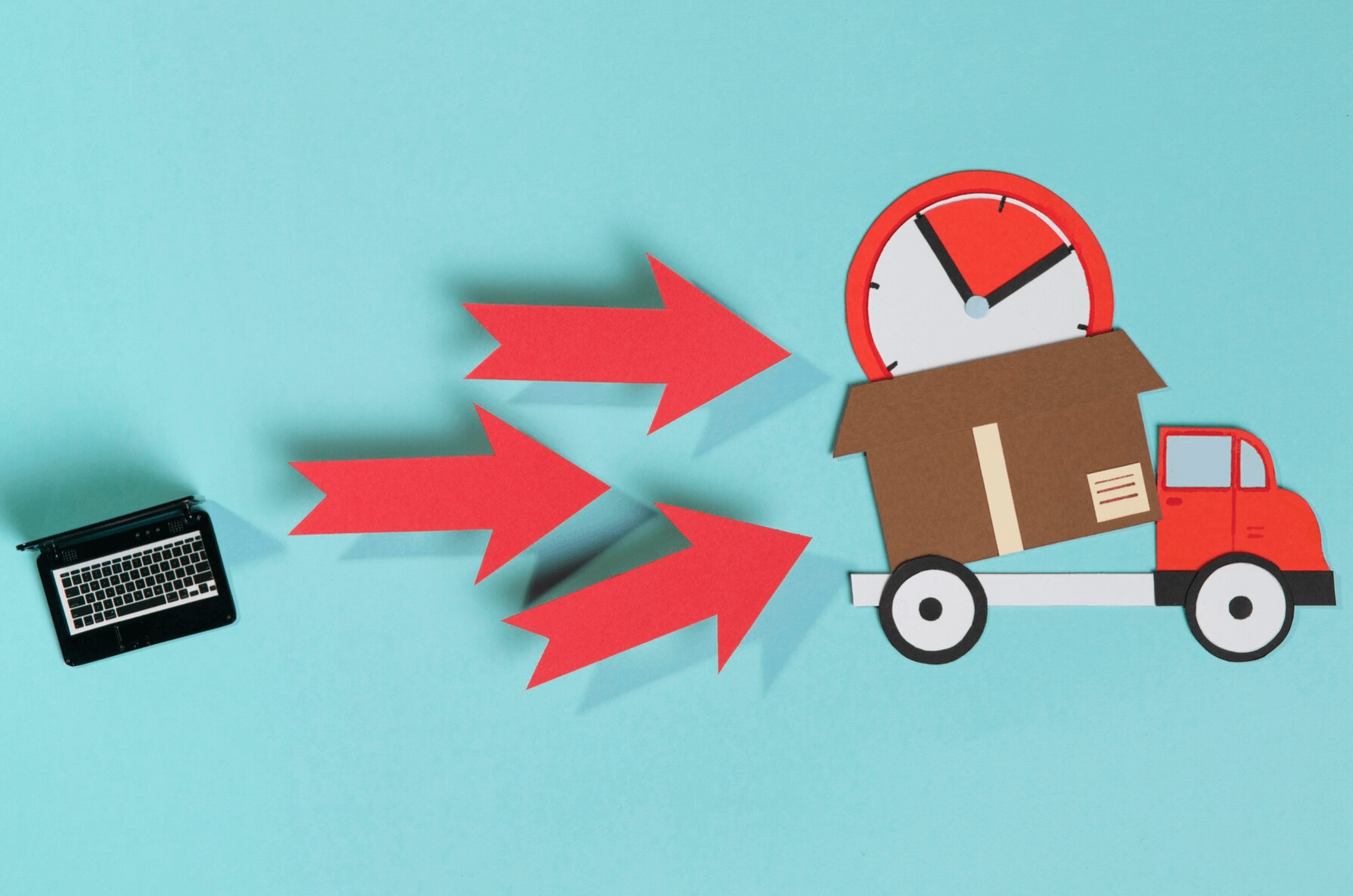Last-mile logistics: issues, challenges, and solutions

Last-mile logistics is an essential component of any efficient supply chain, particularly in the booming era of expanding e-commerce. To understand its importance, diving into the challenges it poses and the advantages of optimized management of this phase is essential.
- What is Last-Mile Delivery?
- Why Last-Mile Logistics?
- What are the challenges and stakes of last-mile delivery?
- What logistical optimization solutions can be implemented to manage the last mile?
What is Last-Mile Delivery?
Last-mile delivery is the final stage of the supply chain, involving delivering products to the end customer. It represents about 50% of delivery costs, making it a crucial element for companies’ competitiveness.
Why Last-Mile Logistics?
- Cost Optimization
One primary reason to focus on last-mile logistics is its significant impact on operational costs. Effectively managing this last step can reduce labor and fuel expenses and minimize package returns, optimizing your logistics budget.
- Improved Customer Satisfaction
Customer satisfaction is at the core of any thriving business. A smooth last-mile delivery is when your customer directly interacts with your service. Inadequate management can lead to delays, errors, or lost packages, negatively affecting your company’s reputation. Conversely, well-managed last-mile logistics ensures a positive customer experience.
- Reduced Environmental Impact
Last-mile logistics directly affects the environment. Inefficient deliveries can result in excessive carbon emissions. By optimizing this phase, you contribute to reducing your company’s carbon footprint, a significant asset for an eco-responsible brand image.
- Adapting to E-commerce Trends
Online commerce is constantly evolving, with customers demanding more flexibility. Managing the last mile allows you to adjust your offerings based on market trends. For example, offering same-day deliveries or in-store pickup options helps you stay competitive.
- Goods Flow Management
Efficient last-mile management ensures better coordination of goods flow, resulting in reduced congestion, optimal warehouse utilization, and smoother inventory management, contributing to your company’s profitability.

What are the challenges and stakes of last-mile delivery?
Challenges
- Diverse Delivery Locations
One of the main challenges lies in the diversity of final destinations. From city centers to rural areas, each delivery location has specific characteristics that need to be considered.
- Time Slot Management
Last-mile delivery needs to adapt to customers’ preferred time slots, requiring meticulous planning to avoid saturated timeframes.
- Urban Traffic
Urban traffic congestion can lead to significant delays. Managing this constraint is essential to meet delivery deadlines.
- Environmental Responsibility
Ecological concerns are increasingly pressing. Reducing the environmental impact of last-mile deliveries is a major challenge.
- Handling Returns
Managing end-of-chain goods returns represents a complex logistical challenge requiring an efficient solution.
Stakes
- Customer Satisfaction
The major stake is ensuring customer satisfaction. Fast, reliable, and meeting customer expectations enhances a company’s reputation.
- Cost Reduction
Optimizing last-mile logistics reduces operational costs, translating into significant savings.
- Time Saving
Efficient last-mile management saves time for both the company and the customer.
- Technological Innovation
Technological advancements, like drones and autonomous vehicles, offer new perspectives to solve last-mile delivery challenges.
- Brand Image
By adopting environmentally friendly delivery practices, a company strengthens its brand image and addresses current societal concerns.
Faced with these challenges and stakes, Nomadia’s expertise proves essential. Our solutions can help optimize your last-mile delivery.
What logistical optimization solutions can be implemented to manage the last mile?
- Utilizing Advanced Technology
Advanced technologies such as geolocation systems, mobile applications, and the Internet of Things (IoT) can play a significant role in optimizing last-mile logistics. They allow real-time shipment tracking, route optimization for delivery personnel, and reduced delivery times.
- Centralizing Warehouses
Centralizing warehouses reduces distances traveled to deliver products. By consolidating stocks in strategically located warehouses, companies can minimize transportation costs and expedite delivery times.
- Establishing Pickup Points
Creating pickup points near customers allows for in-store or pickup point retrieval options. This reduces delivery costs and offers customers increased flexibility to collect their orders.
- Collaboration with Local Carriers
Working closely with local carriers can be advantageous in managing the last mile. These partners are well-versed with the terrain and can optimize delivery routes.
- Process Automation
Automating logistics processes like order preparation and packaging can contribute to speeding up the last mile. Robots and automated sorting systems can enhance efficiency while reducing human errors.
- Eco-Responsibility
Last-mile logistical optimization isn’t solely about efficiency but also encompasses ecological considerations. Carbon emission reduction through electric vehicles or consolidating deliveries can be a powerful selling point for environmentally conscious customers.
- Service Personalization
Offering personalized delivery options like flexible time slots or choosing a delivery location can enhance the customer experience. Last-mile logistics tailored to individual customer needs can foster customer loyalty.
